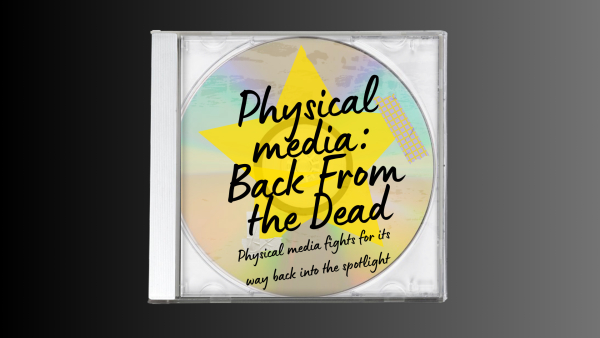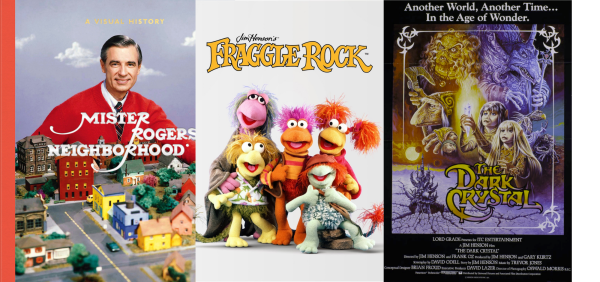See How They Run: Solving, interaction, and renaissance
Generally, when people think about the ‘golden age’ of mystery movies, they’re referring to the 1930-1960s era, give or take a few years. Within this time, there were classics of the movie mystery genre, such as The Thin Man, The Big Sleep, and most of Alfred Hitchcock’s catalog. This time also saw the titans of the written mystery producing work including Raymond Chandler, Dashiel Hammett, and Agatha Christie. Even after this first wave of classic mystery stories, the late 20th century saw numerous now-iconic television shows like Columbo; Murder, She Wrote; Magnum PI; Sherlock Holmes; and Poirot.
There was certainly no shortage of mystery content for me to consume growing up, but most (if not all) of it had been created at least a decade prior. And even between the assortment of crime and detective procedurals, mysteries no longer felt like the theater attraction they’d once been.
Enter Kenneth Branagh’s Murder On the Orient Express in 2017, which was both a good adaptation of its source material and seemingly a sign of what was to come.
In the years since this movie’s release, there has been an explosion in theater-released or highly-marketed mysteries. Knives Out came out in 2019 earning praise from audiences and critics alike, and its recently released successor, Glass Onion, has done the same– writer and director Rian Johnson has also created the Peacock exclusive mystery series called Poker Face. Netflix has made two Enola Holmes movies, with another slated to be filmed soon. Branagh has made another Poirot movie, Death on the Nile, and plans to make another as well as begin work on an adaptation of Miss Marple; the BBC has also been converting many of Christie’s works into miniseries. In 2022 alone, two mystery movies were playing in local theaters at the same time, the first being the star-studded Amsterdam, and the second being See How They Run, a mostly self-aware, detective romp.

Set in London in the 1950s, See How They Run follows the cast of The Mousetrap, an Agatha Christie penned play. While the production is incredibly successful, garnering a potential movie-deal, tension behind the scenes is growing. Eventually, this tension spills over into violence when the director of the movie adaptation Leo Köpernick (Adrien Brody) is found dead. Called in to solve the murder is Detective Stoppard (Sam Rockwell) and new recruit Constable Stalker (Saoirse Ronan) whose odd-couple dynamic leads to numerous complications throughout the investigation.
There’s no denying the obvious historical influence on the story. If the direct homage to Christie wasn’t enough, the large cast, unlikable victim, and ulterior motives give it the feel of many a whodunits made before. Further, See How They Run leans into these comparisons intentionally via voiceover from Köpernick, who intentionally describes the people and places involved in an archetypal way. This extends to referring to himself as being the most unlikable character, and, as he laments shortly before his death, the most hated is always the one that dies.
This deliberate utilization of tropes works plot-wise, as the commentary and reliance on well-worn mystery tropes actually gives the audience insight to the solution. There are on-screen clues, but much of the important information is delivered via self-aware dialogue in which either Köpernick or the suspects themselves remark on the nature of the mystery genre and their play itself. In this way, the audience does not have to pay attention to what they’re seeing so much as what they’re hearing, and they’re encouraged to bring their prior knowledge to the movie in order to figure it out.
It’s a unique and clever choice, one that understands its audience likely has experience with other whodunits, and one that allows them to escape to a world where everyone can easily be fit into a box or label; one where virtue exists in black and white rather than gray.
But while this works for interactions with the plot, it ultimately undermines the emotional core of the movie.
The play, The Mousetrap, is loosely based on an actual case from the 1940s wherein Dennis O’Neill was violently killed by his foster father. It’s horrific and deeply disturbing, and perhaps more disturbing that the tragedy was capitalized on for monetary gain.
See How They Run acknowledges this both in the solution of its mystery and within the script as characters comment on their understanding of The Mousetrap’s origin. However, this dialogue is not expanded nor complex enough to treat the subject with either respect or understanding, instead choosing to focus on character hijinks.
Even with the revelation of the movie forcing the characters to confront the morbid reality of their situation, there’s no pressure on them to take it seriously. Rather, the movie ends somewhat whimsically, ignoring the reason for the crime and reverting back to its funny, meta, self.
So despite enjoying the aesthetic of the movie, enjoying the dialogue, and feeling compelled by the characters, there’s an unsettling undercurrent that makes it impossible to truly give into the nostalgic escapism. At the same time, however, I’m excited to be living through this mystery renaissance and look forward to what the future holds for these kinds of stories.
7.5/10 would watch the parade of suspects again
Further Breakdown:
Writing Quality: 8/10 Enjoyability: 8/10
Pace: 9/10 Visual elements: 9/10
Plot development: 8/10 Insightfulness: 7/10
Characters: 8/10






